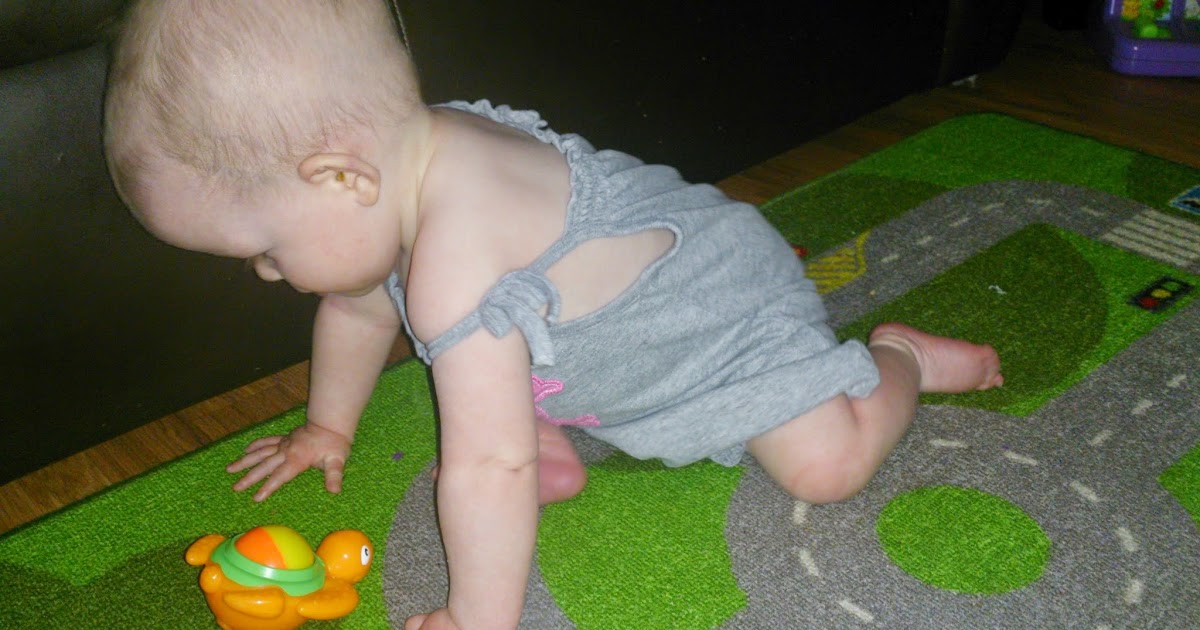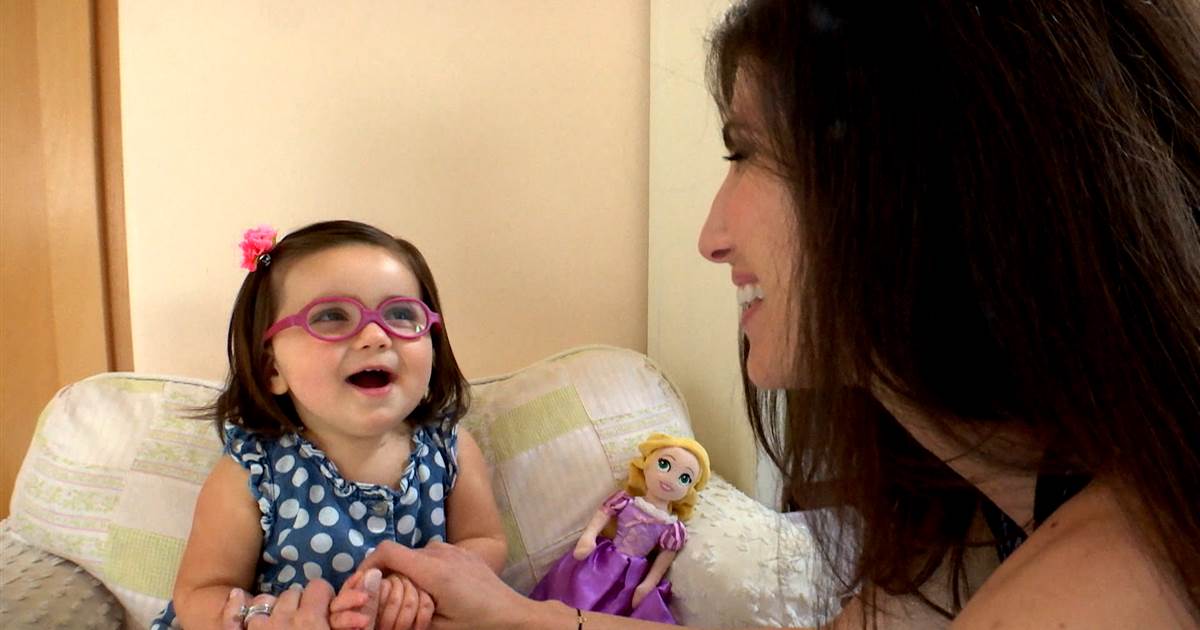10 Key Signs of Angelman Syndrome: What Families Need to Watch For
Every child's journey of development is unique, but for some, this path reveals distinctive milestones often accompanied by an unmistakably joyful and radiant spirit, even amidst significant challenges. This can be the first gentle sign of Angelman Syndrome, a rare genetic condition affecting an estimated one in every 15,000 individuals worldwide, across all races and genders. While it brings lifelong needs for continuous care, with initial symptoms like developmental delays and limited speech often appearing around six months of age, individuals with Angelman Syndrome frequently enchant those around them with ready smiles and infectious laughter. Understanding the specific early indicators—which can sometimes be misdiagnosed as autism or cerebral palsy—is crucial. Early recognition, confirmable through blood tests, unlocks access to vital support systems focused on enhancing communication, mobility, and overall quality of life. This guide is here to illuminate those key symptoms, empowering families with awareness and resources.
1. Ataxia

Ataxia refers to problems with walking, movement, and balance. Some patients with Angelman syndrome may not be able to walk at all, and others may have significant motor impairment. Patients who can walk may do so with their arms uplifted for better balance, and they might also flap their hands. A doctor can assess the degree of a patient's ataxia by performing a neurological exam and checking the patient's balance, gait, coordination, and reflexes. To help improve balance and motor skills, patients usually participate in intensive physical therapy. The physical therapist guides the child through exercises that strengthen muscle groups and teach movement patterns. Physical therapy can help Angelman syndrome patients with ataxia learn specific adaptations that could make walking and movement easier for them.
2. Developmental Delays

Developmental delays are often one of the first signs that appear in patients who are later diagnosed with Angelman syndrome. For example, parents may notice their child does not crawl or babble between six to twelve months old, the typical age range when these skills are acquired, and sitting might be difficult for some children. They may also have feeding difficulties and engage in repetitive behaviors. Patients may need help with using the toilet, dressing, and feeding. However, the degree of developmental impairment with Angelman syndrome varies widely. Some patients will be able to feed and dress themselves, and many are able to perform household chores and participate in recreational activities. Patients with Angelman syndrome enjoy listening to music and watching television, and they form close bonds with friends and family. They can be especially responsive to nonverbal communication. Therapists can teach patients who are nonverbal on how to communicate with others using sign language and pictures.
